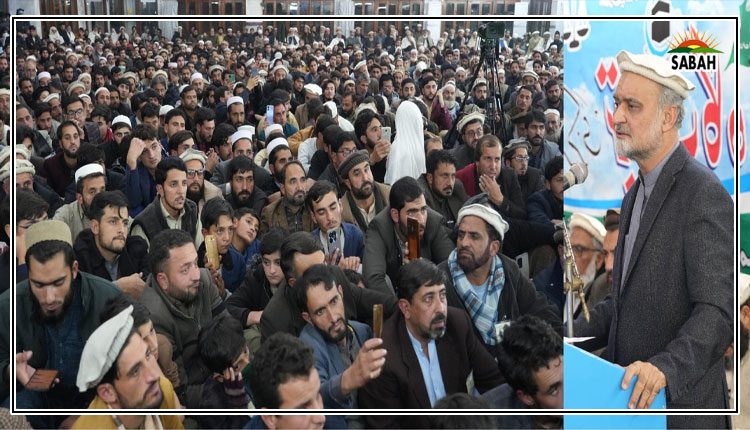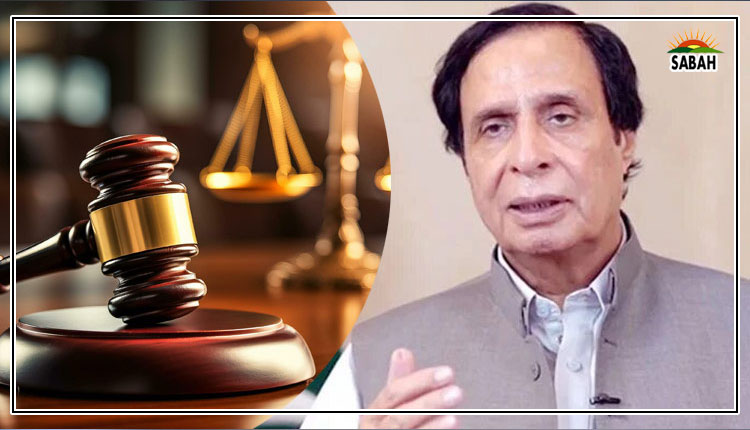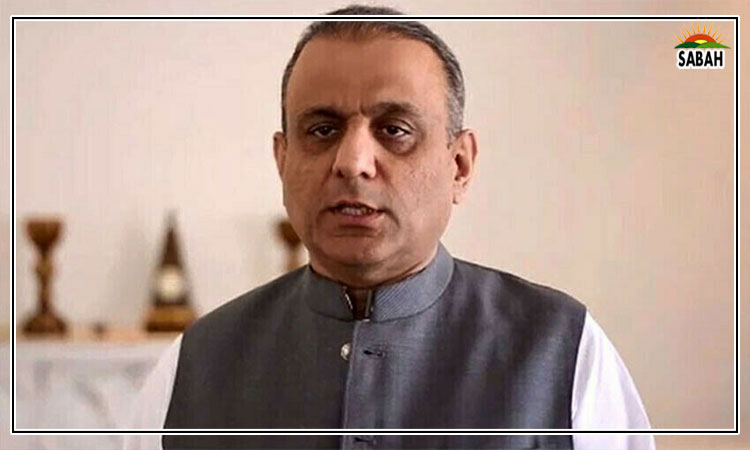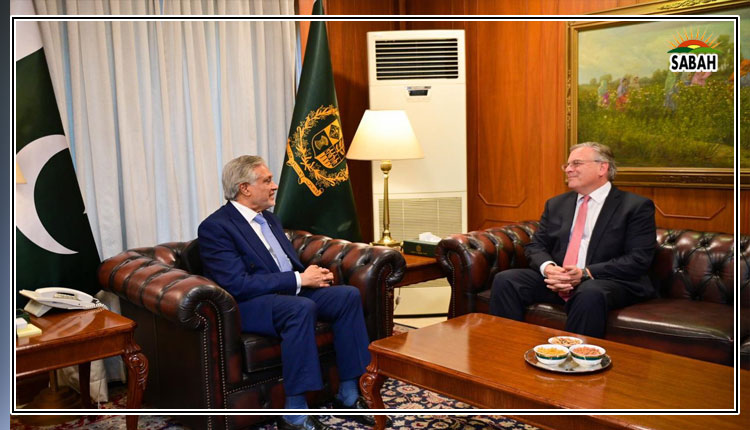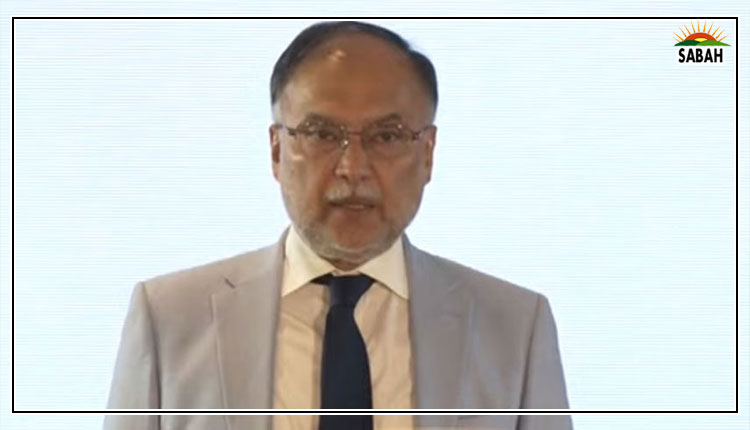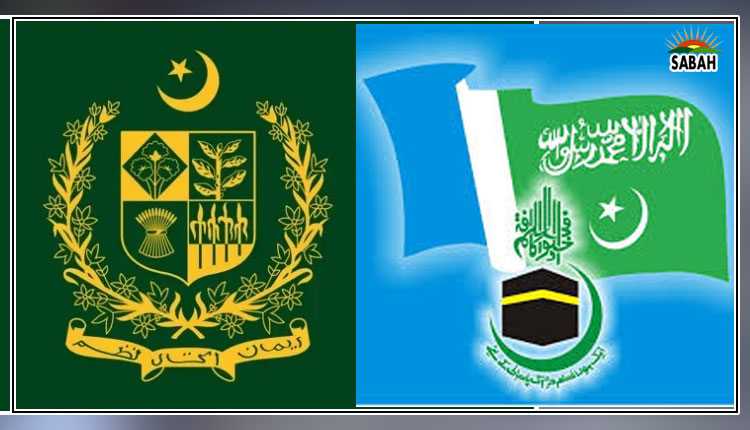Haryana polls and Trudeau …Jawed Naqvi
IN more ways than one, the Modi-Trudeau tiff has its origins in a centuries-old peasant struggle being waged in India, from the Mughal times till today. In essential ways, Justin Trudeau and Narendra Modi are cut from the same cloth.
Benjamin Netanyahu, for example, would struggle to see the difference. But destiny and historical vagaries have placed them on opposite ends of a flaming confrontation. A stand-off between a descendant of settler colonialism and a faux nationalist with core interests in a crumbling imperialist edifice does not, however, present durable mutual hostilities, as we shall see.
For centuries, the main Indian struggle has centred around the tussle between the peasant and the baniya, north Indian word for trader or moneylender. Analysts like Munshi Premchand and Bimal Roy explored the theme through literature and cinema.
Recent polls in Haryana, abutting Delhi, offered a glimpse into the little discussed equation. The polls gave the BJP — which began its journey as a party of traders — its third consecutive victory in the predominantly agrarian state. In the recently dismembered state of Jammu and Kashmir, the BJP outperformed the Congress and the National Conference of the late Sheikh Abdullah in Jammu but desisted from joining the race in the Kashmir Valley.
The Congress aspired under Nehru to represent the peasantry, and its first election symbol was a pair of bullocks, underscoring the quest. But his Brahmin-Dalit-Muslim voting calculus unwittingly excluded the middle rung peasants comprising the OBCs, who were snapped up by Nehru’s populist adversaries like Lohia. Lalu Yadav belongs to that lot. Sheikh Abdullah took the emblem of a plough. The emblem defines the Kashmir party’s far-reaching land reforms that gave the tiller the ownership of the land. The enviable depth of Kashmir’s land reforms has not been matched in other states, making it a headache, not least for the BJP.
Harness the Haryana and Kashmir results to the friction between the perpetually exploited Indian peasantry, not known to take it lying down for too long, and the moneyed traders. The barons historically had the patronage of the state, be it Mughal, or British, or post-independence India. A ready example of the template was the speed with which Emperor Aurangzeb, the alleged Muslim zealot, rushed his troops to defend Hindu traders of Surat against the repeated plunder of Gujarat’s port city by the Maratha forces of Shivaji. The Marathas, meanwhile, were also assisted in the raids by Afghan mercenaries who had an axe to grind with the Mughals since the rout of Ibrahim Lodhi by Babar in 1526.
Another challenge to today’s clichéd communal binary flung insidiously during elections, can be seen in the Hindu Rajput chieftains’ role in the Mughal administration to rein in, often unsuccessfully, the challenges from Sikhs, Marathas, Jats and Satnami communities of peasants. Says historian Irfan Habib: “The Marathas undoubtedly constituted the greatest single force responsible for the downfall of the Mughal Empire.”
The agrarian defiance had begun in Akbar’s reign, when faujdars and jagirdars quelled it. However, under Aurangzeb’s reign, the peasants were more united in their struggles. Habib notes that it was their position in this unequal contest and their contacts with peasantry that led many zamindars to adopt a conciliatory attitude towards the peasants, whose support would have been indispensable to them for defence as well as in flight. The united front posed a serious challenge to the invincible Mughal cavalry.
By Aurangzeb’s reign, the struggle shifted from defensive to an aggressive stance. “There is no province or district where the infidels have not raised a tumult and since they are not chastised, they have established themselves everywhere,” the ageing emperor complained.
Modi’s description of the ongoing agrarian agitation led by Sikh farmers bears close resemblance to Aurangzeb’s approach towards key dissidents. Modi’s pro-business government has described the Sikhs leading the struggle as terrorists, and like Aurangzeb, it was speaking on behalf of the moneybags. In India’s first-past-the-post election, the OBCs comprising over 50 per cent of the population would easily outwit the upper caste state.
The threat needed to be checkmated (for now) with humongous money power, and the state’s coercive resources that engineer splits and spread falsehoods among the gullible masses. Something of the kind took place in Haryana, with money, state power and communal whisper campaigns to falsify the reality. Else the peasant movement is more grounded than the Chartist Movement in England that speciously boasted of aiming to overthrow “king, queen and parliament”.
Cut to Canada. On May 23, 1914, a steamship, that would become famous as the Komagata Maru — sailed into Burrard Inlet in Vancouver. On board were 376 passengers of Sikh, Muslim and Hindu origin. They had clearly seen the arriving British repression in Punjab that would eventually lead to the Jallianwala Bagh massacre of civilians in 1919. The diaspora offered a unique example of militant peasants making a strategic move overseas to join the anti-colonial Ghadar Party, a movement of peasants from Punjab based on the west coast of North America. Komagata Maru’s passengers were not allowed to disembark, and the incident is deplored in liberal quarters in Canada today as essentially racist.
In 2016, a year after becoming prime minister, Trudeau apologised for the incident. The migrants on the ship were, of course, not mere victims of a colonial state’s oppression. Several worked with the Ghadar Party, founded by Punjabi migrant labourers six years before the draconian Rowlatt Act would humiliate their homeland. With the British entry into World War I against Germany in 1914, the Ghadar Party mobilised the global Punjabi diaspora to return to their homeland to rise up against the British.
Cut to Rahul Gandhi who perhaps knows the route to a peaceful resolution of the centuries-old struggle. He sees in his exhortation to the OBCs to coalesce a way to defeat their exploiters. Modi’s advisers have other ideas on dealing with the challenge.
Courtesy
DAWN


